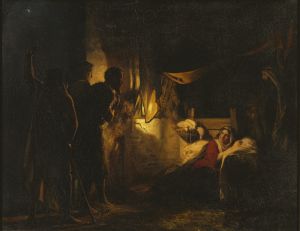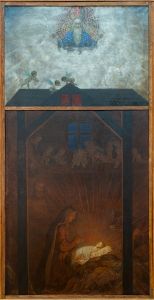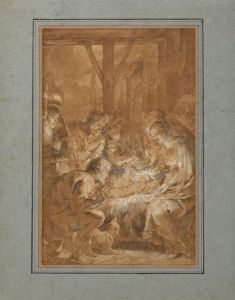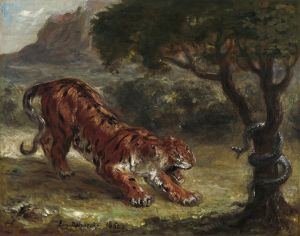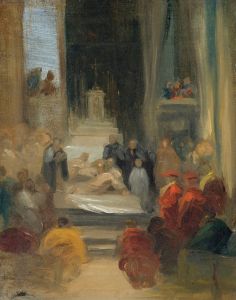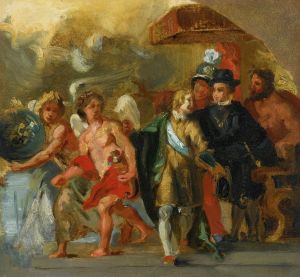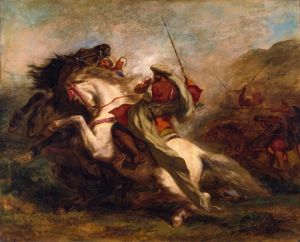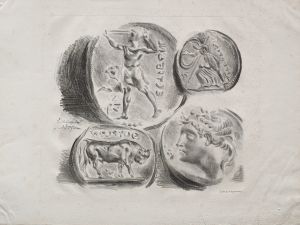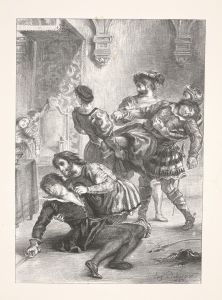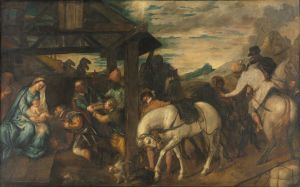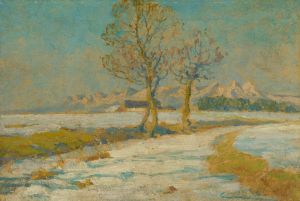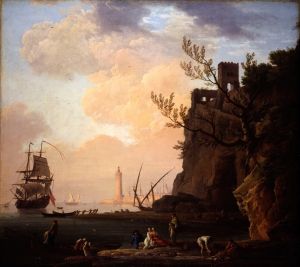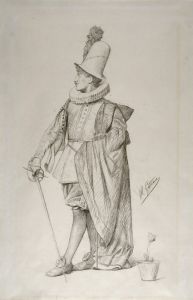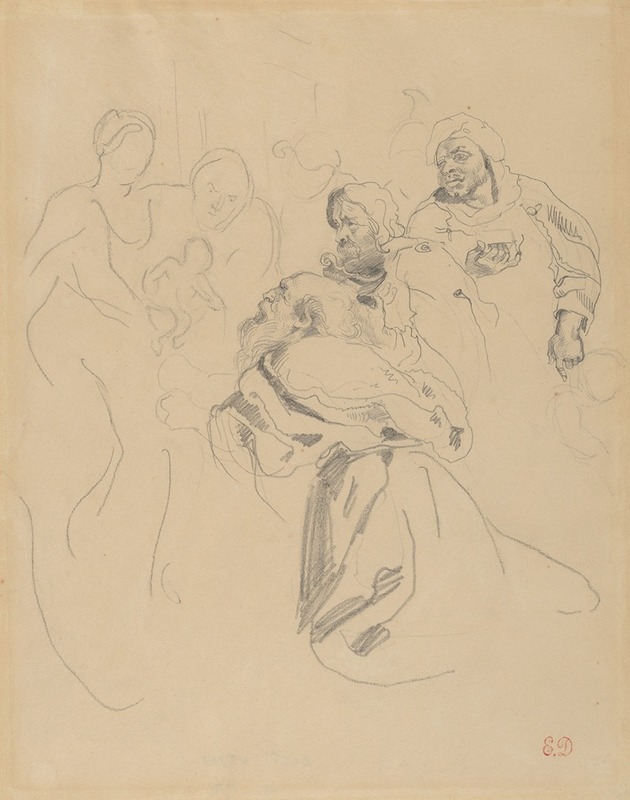
Adoration of the Magi, after Rubens
A hand-painted replica of Eugène Delacroix’s masterpiece Adoration of the Magi, after Rubens, meticulously crafted by professional artists to capture the true essence of the original. Each piece is created with museum-quality canvas and rare mineral pigments, carefully painted by experienced artists with delicate brushstrokes and rich, layered colors to perfectly recreate the texture of the original artwork. Unlike machine-printed reproductions, this hand-painted version brings the painting to life, infused with the artist’s emotions and skill in every stroke. Whether for personal collection or home decoration, it instantly elevates the artistic atmosphere of any space.
"Adoration of the Magi, after Rubens" is a painting by the French Romantic artist Eugène Delacroix, created in 1859. This work is a reinterpretation of the famous Baroque painting "The Adoration of the Magi" by Peter Paul Rubens. Delacroix, known for his vibrant use of color and expressive brushwork, was deeply influenced by the works of Rubens, and this painting serves as a testament to that admiration.
Eugène Delacroix (1798–1863) was a leading figure in the Romantic movement in France. His works are characterized by their dramatic content, rich color palette, and dynamic compositions. Delacroix often drew inspiration from historical events, literature, and other artists, including Rubens, whose works he encountered during his travels and studies.
The original "Adoration of the Magi" by Rubens, created in 1617-1618, is a grand depiction of the biblical scene where the three Magi present gifts to the infant Jesus. Rubens' version is celebrated for its dynamic composition, vibrant colors, and the dramatic interplay of light and shadow, all of which convey the grandeur and spiritual significance of the event.
In his reinterpretation, Delacroix captures the essence of Rubens' composition while infusing it with his own stylistic elements. Delacroix's version maintains the central theme of the Magi paying homage to the Christ child, but he employs a more vivid color scheme and looser brushwork, which are hallmarks of his Romantic style. This approach not only pays homage to Rubens but also showcases Delacroix's unique artistic vision.
Delacroix's "Adoration of the Magi, after Rubens" reflects his admiration for the Old Masters and his desire to engage with their work in a contemporary context. By reimagining Rubens' composition, Delacroix bridges the gap between the Baroque and Romantic periods, highlighting the enduring influence of Rubens on later generations of artists.
The painting is also indicative of Delacroix's broader interest in religious and historical themes, which he explored throughout his career. His ability to reinterpret classical subjects with a modern sensibility made him a pivotal figure in the transition from Neoclassicism to Romanticism in European art.
Today, Delacroix's "Adoration of the Magi, after Rubens" is appreciated for its artistic merit and its role in the dialogue between past and present artistic traditions. It stands as a testament to Delacroix's skill in adapting and transforming the works of his predecessors while contributing to the evolution of art in the 19th century.





